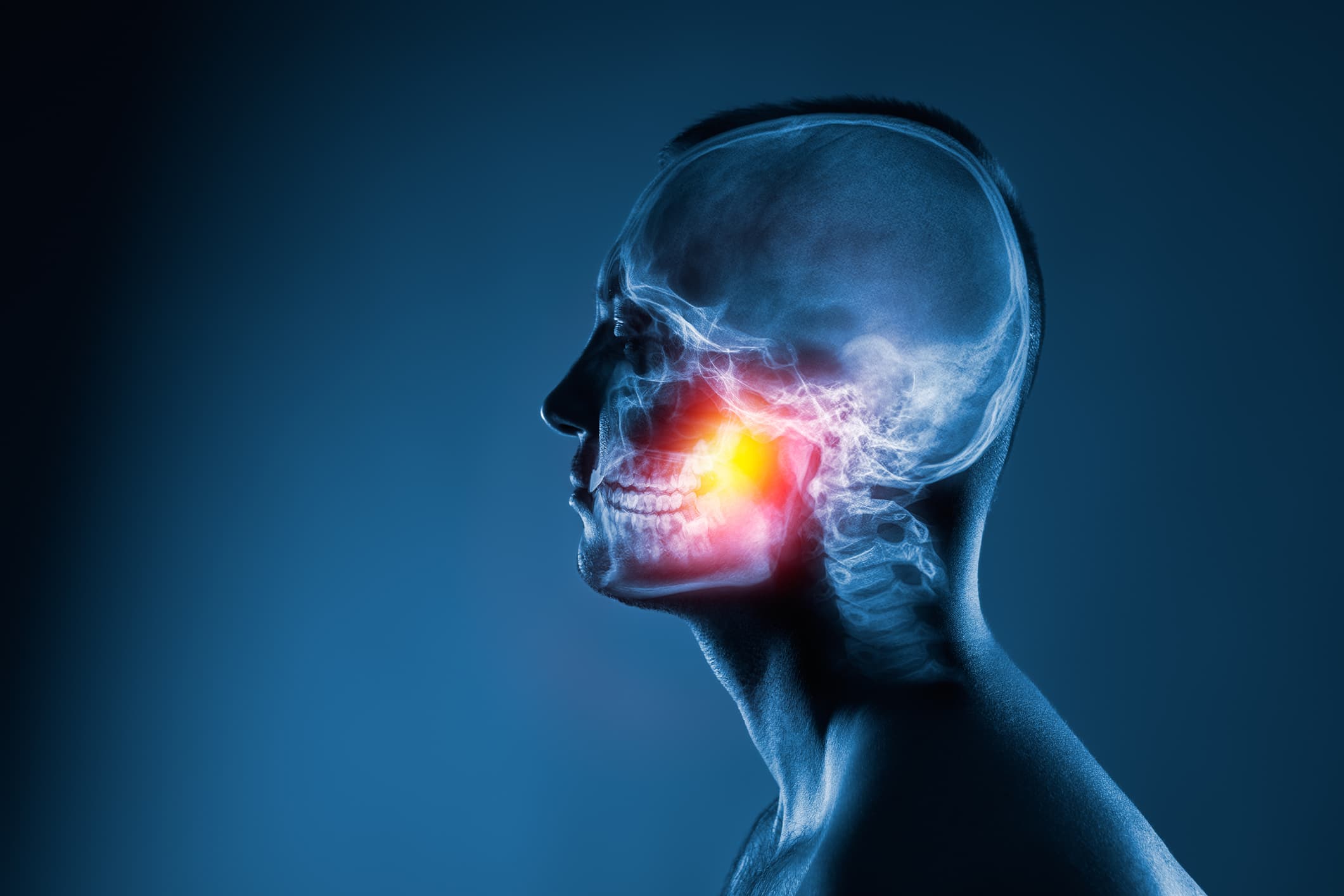CALL US NOW :
MAILING ADDRESS :
LOCATION ADDRESS :
NALLAGANDLA
NALLAGANDLA
Mon – Fri 9 am–3 pm, 5–8 pm
Sat: 9 am–5 pm ,Sunday: Closed

Trigeminal Neuralgia (TN) is a chronic pain condition that affects the trigeminal nerve, one of the most important nerves in the head. This nerve is responsible for transmitting sensory information from the face to the brain. People with trigeminal neuralgia experience sudden, severe, and sharp pain in the face, often described as electric shock-like. The condition is usually triggered by everyday activities such as chewing, talking, or even touching the face. Trigeminal neuralgia can be a debilitating condition, significantly affecting a person’s quality of life.
Nerve Compression:
Multiple Sclerosis (MS):
Tumors:
Injury or Trauma:
Surgical Damage:
Other Causes:
Severe, Sudden Facial Pain:
Unilateral Pain:
Triggered by Normal Activities:
Periods of Remission:
Localized Pain:
Anticonvulsants:
Muscle Relaxants:
Tricyclic Antidepressants:
Pain Medications:
Nerve Blocks:
Botulinum Toxin (Botox) Injections:
When medications and injections do not effectively control the pain, surgical interventions are considered:
Microvascular Decompression (MVD):
Gamma Knife Radiosurgery:
Radiofrequency Rhizotomy:
Balloon Compression:
Glycerol Injections:
Acupuncture:
Physical Therapy and Biofeedback:
Dr. Tanusree Chakraborty specializes in the diagnosis and treatment of neurological conditions, including trigeminal neuralgia. She can provide a thorough evaluation of your symptoms and guide you through various treatment options based on the severity and underlying causes of your condition. Dr. Chakraborty will help develop a personalized treatment plan that may include medications, nerve blocks, or surgical interventions such as microvascular decompression or gamma knife surgery, depending on your case.
For a more in-depth consultation or to discuss your treatment options, you can schedule an appointment with Dr. Chakraborty. Would you like assistance with scheduling or further details on a specific treatment? Contact Us